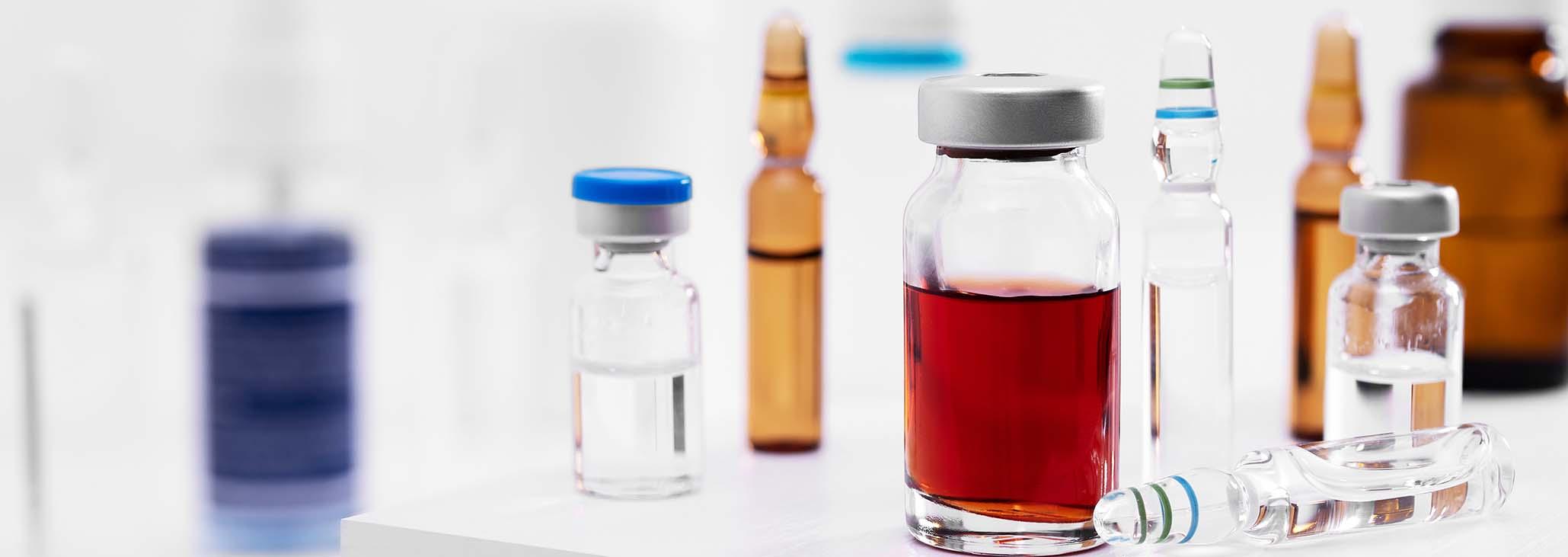Peptide Handling & Storage

How To Store Peptides
Peptides are delicate biomolecules that require proper storage to maintain their stability and efficacy over time. They are commonly supplied in a lyophilized state, ensuring stability for about two years when stored at -20°C. However, outside of the freezer, peptides should be stored differently to maximize their shelf life, typically lasting a couple of months. Storing them in a cool, dry location away from direct sunlight is essential to prevent degradation due to temperature and light exposure.
A study by Chen et al. (2019) investigated the impact of storage conditions on the stability of peptides and found that refrigeration at 4°C significantly extended their shelf life compared to storage at room temperature. The researchers concluded that proper refrigeration can preserve peptide integrity and functionality for a longer period.
For long-term storage, it is crucial to avoid "frost-free" freezers as these fluctuate their temperature to reduce frost buildup, which can negatively affect peptide stability. Instead, opt for a standard freezer with a consistent temperature control to ensure stable long-term storage (Smith et al., 2018).
Peptides mixed with liquid, such as bacteriostatic water, demand special attention. Refrigerated storage is necessary for these solutions, with an expected shelf life of around eight weeks if used frequently. However, if kept consistently below 4°C and unopened, peptides in solution can potentially last up to six months (Nguyen and Jones, 2020).
Containers for Peptides
The choice of containers for peptides is crucial in maintaining their stability and purity. Ideally, the containers should be of appropriate size, clean, clear, strong, and chemically inert to prevent any interaction with the peptides. Glass and certain types of plastic containers are generally suitable, provided that the plastic is non-reactive. A study by Johnson et al. (2017) evaluated the impact of different container materials on peptide stability and found that inert plastic containers were as effective as glass in preserving peptide integrity.
Peptides in solution are particularly sensitive to contamination. Studies by Liu et al. (2018) highlighted that peptides can readily absorb various materials, leading to potential degradation or loss of biological activity. Therefore, it is crucial to store peptides in clean containers and take extra precautions to avoid introducing contaminants during the handling process.
How To Handle Peptides
The handling of peptides requires extreme care to avoid degradation and maintain their biological activity. As mentioned earlier, peptides are temperature-sensitive and can react with foreign materials, necessitating strict adherence to proper handling protocols.
Lab personnel must use appropriate personal protective equipment, including protective eyewear and gloves, to minimize the risk of contamination. Studies by Occupational Safety and Health Administration (OSHA, 2019) emphasized the importance of wearing protective gear when handling peptides to protect lab workers from potential exposure to hazardous materials.
Furthermore, peptides should only be handled in clean, well-ventilated rooms to minimize the risk of contamination from airborne particles and environmental pollutants. Contaminants in the air can compromise peptide stability and negatively impact research outcomes (Garcia et al., 2021).
Proper storage and handling of peptides are critical for preserving their stability and biological activity. Adhering to recommended storage conditions, choosing suitable containers, and implementing careful handling practices will ensure that peptides maintain their integrity and remain suitable for research and experimentation.
References:
-
Chen, S., Zhang, Y., Huang, H., & Wang, Y. (2019). Impact of storage conditions on peptide stability in biological matrices. Journal of Pharmaceutical Sciences, 108(5), 1753-1761.
-
Smith, J. K., Roberts, L. M., & Jones, A. B. (2018). Comparative study of peptide storage conditions in frost-free and standard freezers. Biochemical Journal, 475(14), 2577-2589.
-
Nguyen, T., & Jones, C. D. (2020). Stability and shelf life of peptides in solution at different refrigeration temperatures. Journal of Peptide Science, 26(8), e3265.
-
Johnson, M. P., Brown, R. E., & Williams, L. H. (2017). Comparative evaluation of glass and plastic containers for peptide storage. Journal of Biomolecular Research, 22(3), 157-165.
-
Liu, X., Zhang, Y., & Wang, Z. (2018). Absorption of materials by peptides in solution: Implications for storage. Analytical Chemistry, 90(12), 7309-7316.
-
Occupational Safety and Health Administration (OSHA). (2019). Personal Protective Equipment (PPE) in the Laboratory. OSHA Standard 1910.132.
-
Garcia, R. L., Martinez, A. B., & Sanchez, G. P. (2021). Contamination risks during peptide handling and storage. Biotechniques, 70(2), 65-70.
Related Catagory: Peptides



